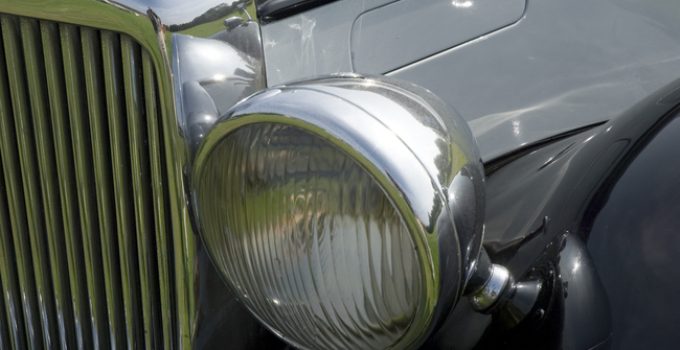
FWD is the generic term for front wheel drive. It was first installed in the Alvis Roadster in 1928. It became widespread in the 1960s and 1970s. Today it is mainly used in mid-range and compact cars.
How front-wheel drive works
The key components of the drivetrain in front-wheel drive Cars are:
- the gearbox: it is connected to the engine flywheel via the clutch or hydraulic torque converter. It transmits the torque from the engine to the final drive. It changes the transmission ratio and thus helps to set the torque.
- the final drive: This changes the torque coming from the transmission and forwards it to the differential.
- the wheel differential: This distributes the power between the two front wheels. In many cases it is electronically locked and can be integrated into the transmission housing.
- the axle shafts: These transfer the torque from the differential to the wheels.
Types and characteristics of front-wheel drive
| Engine location | Front wheel drive layout | Advantages | Disadvantages | Front-wheel drive vehicles |
| Longitudinally in front of the axle | Engine, final drive and gearbox are aligned one behind the other |
|
|
Audi A4 B9, 80 В1, В2, 200 С2, 100 С2; Volkswagen Passat B2, Jetta Mk2; Renault 12, 18; Alfa Romeo Arna |
| Longitudinally behind the axle |
|
|
Citroën DS; Renault 4, 5 |
|
| Longitudinally above the axle | The engine is installed above the gearbox or on the side | < ul>
|
|
Toyota Tercel L10; Cadillac El Dorado; Saab 99; Oldsmobile Toronado |
| Transversely in front of the axle | Engine, final drive and transmission are aligned one behind the other |
|
|
Volkswagen Caddy SAB, SAA, Bora 1J6, Golf BA5, BV5; Opel Astra J, K; Škoda Fabia 545 |
| Across the axis |
|
|
Peugeot 104, 204, 304, 205; Citroën Visa Super; Rover Mini |
